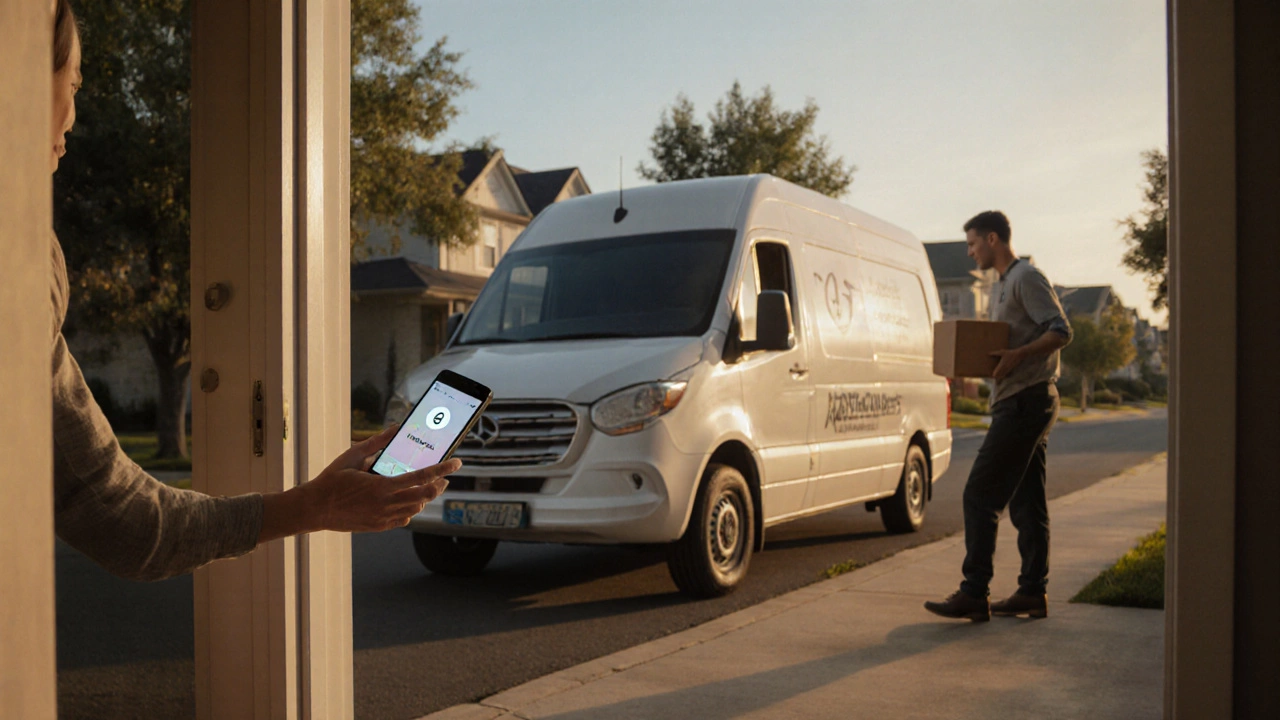Urban Fulfilment – the Core of Fast Local Logistics
When talking about Urban Fulfilment, the process of storing, picking, and delivering goods within dense city environments. Also known as city fulfillment, it blends warehouse operations with rapid transportation to meet customer expectations for speed. Urban fulfillment isn’t just a buzzword; it’s a concrete system that encompasses Same Day Delivery, a service that guarantees parcel arrival within 24 hours of order and Last Mile Delivery, the final leg of the logistics chain that brings a package to the consumer’s doorstep. The two services share a common goal—speed—but they differ in scope: same‑day delivery focuses on the overall time window, while last‑mile delivery hones in on the route from the local hub to the customer’s address. Both demand a tight network of micro‑fulfilment centres, real‑time inventory visibility, and flexible staffing. In practice, urban fulfilment requires E‑Commerce Logistics, the set of processes that move online orders from the virtual cart to the real world. E‑commerce platforms feed order data into fulfilment software, which then triggers picking, packing, and dispatch. The whole chain is powered by data: routing algorithms cut travel distance, predictive stocking keeps popular SKUs close to demand hotspots, and automated sorting reduces handling time. Because cities are space‑constrained, many operators turn to vertical warehousing and shared‑space models, a trend that influences urban fulfillment by squeezing more inventory into smaller footprints. The result is a nimble ecosystem where a shopper in London can order a gadget at 9 am and have it on their kitchen table by lunch, all without the package ever leaving the metropolitan area. The economics work because the distance between the fulfilment centre and the end‑user shrinks, cutting fuel costs, driver hours, and carbon emissions. Moreover, the high‑density order flow makes it possible to batch deliveries, further boosting efficiency.
Businesses that master urban fulfilment gain a competitive edge in three ways. First, they meet the growing consumer demand for instant gratification; surveys show that over 60 % of shoppers abandon carts if delivery takes more than two days. Second, they lower operational costs by consolidating inventory closer to the buyer, which reduces both storage rent (thanks to smarter warehouse layouts) and last‑mile mileage. Third, they boost brand reputation—fast, reliable delivery is now a key trust signal. Companies that ignore these advantages risk losing market share to rivals that have already built micro‑fulfilment networks or partnered with specialist couriers. The tag page you’re about to explore pulls together practical articles that dive into each piece of the puzzle: from interview tips for logistics roles and salary benchmarks for warehouse workers, to deep‑dives on express delivery performance and the nitty‑gritty of pallet costs. Whether you’re a small online retailer looking to set up a city‑side hub or a logistics manager seeking the latest data on next‑day carrier options, the collection below supplies the facts, tools, and real‑world examples you need to make informed decisions.
Now that you understand the backbone of urban fulfilment, scroll down to see how experts break down the topic into actionable guides, salary insights, technology reviews, and strategic advice. Each article adds a layer to the big picture, helping you turn the concept of city‑centric logistics into a measurable advantage for your business.Why Urban Fulfilment Matters for Modern Businesses
What Does Last Mile Delivery Really Mean?
Discover what last mile delivery really means, why it costs so much, key players, technology trends, challenges, and a practical checklist for businesses.
© 2025. All rights reserved.

